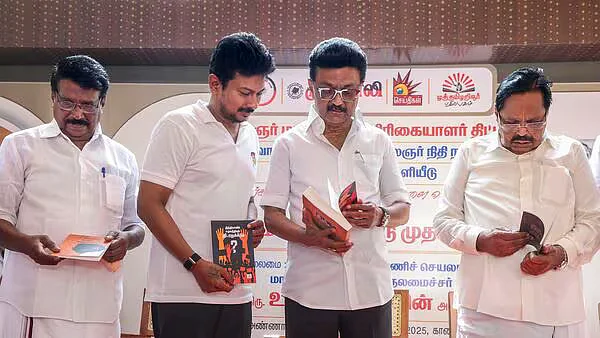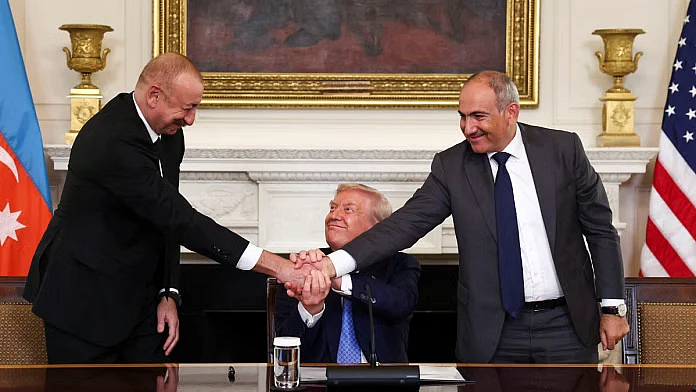The upcoming Union Budget presentation will be the first full year budget in the Seventeenth Lok Sabha. The backdrop is a slowing economy, badly in need of a fiscal stimulus to revive growth. Growth has fallen to a seven-year low. In nominal rupee terms, the growth in the first half of this fiscal year 2019-20 is the lowest since 1978. That is very worrisome. What matters for tax collection is nominal GDP. No wonder, the targets set last year are looking Herculean and near impossible. The revised estimates for gross taxes collected in 2018-19 were lower than what was assumed last February, when an interim budget was presented. In the light of a lower base, the growth in tax revenue for 2019-20 as per targets set in the July budget will have to be 18 per cent. This is almost impossible to achieve. Which means that the actual fiscal deficit for 2019-20 won’t be 3.3 but possibly closer to 4 per cent of the GDP.
This is what makes the task of budgeting a hefty fiscal stimulus in the 2020-21 budget that much more difficult. The fiscal deficit for the next year has to be even bigger than this year to have a stimulus impact. But how does that extra spending get funded when tax collection is growing so slowly? The only other option is to increase the borrowing. The government of India is already the biggest borrower in the system, and tends to crowd out everyone else. The total pool of lendable funds, i.e. the aggregate household savings which can fund the larger deficit is barely 9 per cent of the GDP, or about 18 trillion rupees. But the appetite for borrowing of the Centre, the States and government owned enterprises is in excess of this 18 trillion. So, there are three other options. One is to sell assets, like Air India, oil and shipping companies. This is easier said than done, and progress is almost zero. The second option is to borrow from abroad. But this opens up an exchange rate risk which is simply not worth it, especially when our exports and dollar earnings are not doing well. The third option is to go directly to the Reserve Bank of India, and do a bilateral, private, sweetheart deal, and swap bonds for real cash. This is called monetising the deficit, which is what we used to do before 1991, and what the developed world has been de facto doing since the great crash of 2008. This is possibly the least bad option, i.e. funding the extra stimulus with a bilateral deal with RBI which bypasses the bond markets.
Remember it isn’t just the Centre, but also the States that are struggling with lower tax revenues. The States are however demanding that they be compensated for the shortfall in their GST collections, because as per the grand bargain they should get an assured growth of 14 per cent in GST at the State level. This is absurd, at a time when the entire economy is in a slowdown. Surely the States too must share the pain of slow growth and less than expected tax growth?
So, here is what we can expect from the Finance Minister on the fateful first Saturday of February. A total budget size of about 30 trillion rupees, of which more than one fourth will be earmarked simply to pay as interest on debt. Another ten per cent each will be on defence and subsidies (food, fertiliser, cooking gas, diesel). That pretty much eats up half of all the committed expenditure (more if you include salary and pension obligations of current employees and retired personnel, including those from the armed forces and railways). So, at best what’s left is around 14 or 15 trillion rupees to allocate toward stimulus and growth enhancing measures.
The government recently announced a mega infrastructure ambition of investing 100 trillion rupees over five years. That means around 20 trillion every year. Of which three fourth or 15 trillion needs to come from the government itself (in the form of debt or equity). If the Union Budget has to make a difference and help achieve this ambition, it should set aside at least 6 trillion toward infra spending. It is still short of the 15 trillion annual target. Perhaps some of it can be garnered from foreign investors like Canadian pension funds, China Investment Corp etc. Infra spending creates demand for construction material like steel and cement, and also for unskilled and semi-skilled labour. This employment creates purchasing power, especially for the working poor. But apart from this indirect effect of infra, we also need a direct consumption stimulus. That could be an enhancement of the PM Kisan payments to all farm households. Even the NREGA budget should be enhanced from 60 to 80 thousand crores.
For the middle class it would be pointless to extend more income tax relief, since de facto, no taxes are owed till a threshold of 6 lakh rupees. Instead what is needed is a drastic cut in indirect taxes, i.e. GST, which unfortunately is not under the FM’s control. She could consider an across the board 3 per cent interest subvention for all small and medium enterprises, who have outstanding loans which are not NPAs. This will definitely help SMEs. On the revenue side, the FM should resist pressure from the stock market lobby to cut long term capital gains tax. At best she can equate the LTCG rate across all asset classes, like stocks, real estate and gold. All in all, it is going to be like revving up an auto engine with limited fuel. It’s best to get on the turnpike, attain a decent speed, and then accelerate next year.
The writer is an economist and Senior Fellow, Takshashila Institution.
Syndicate: The Billion Press










